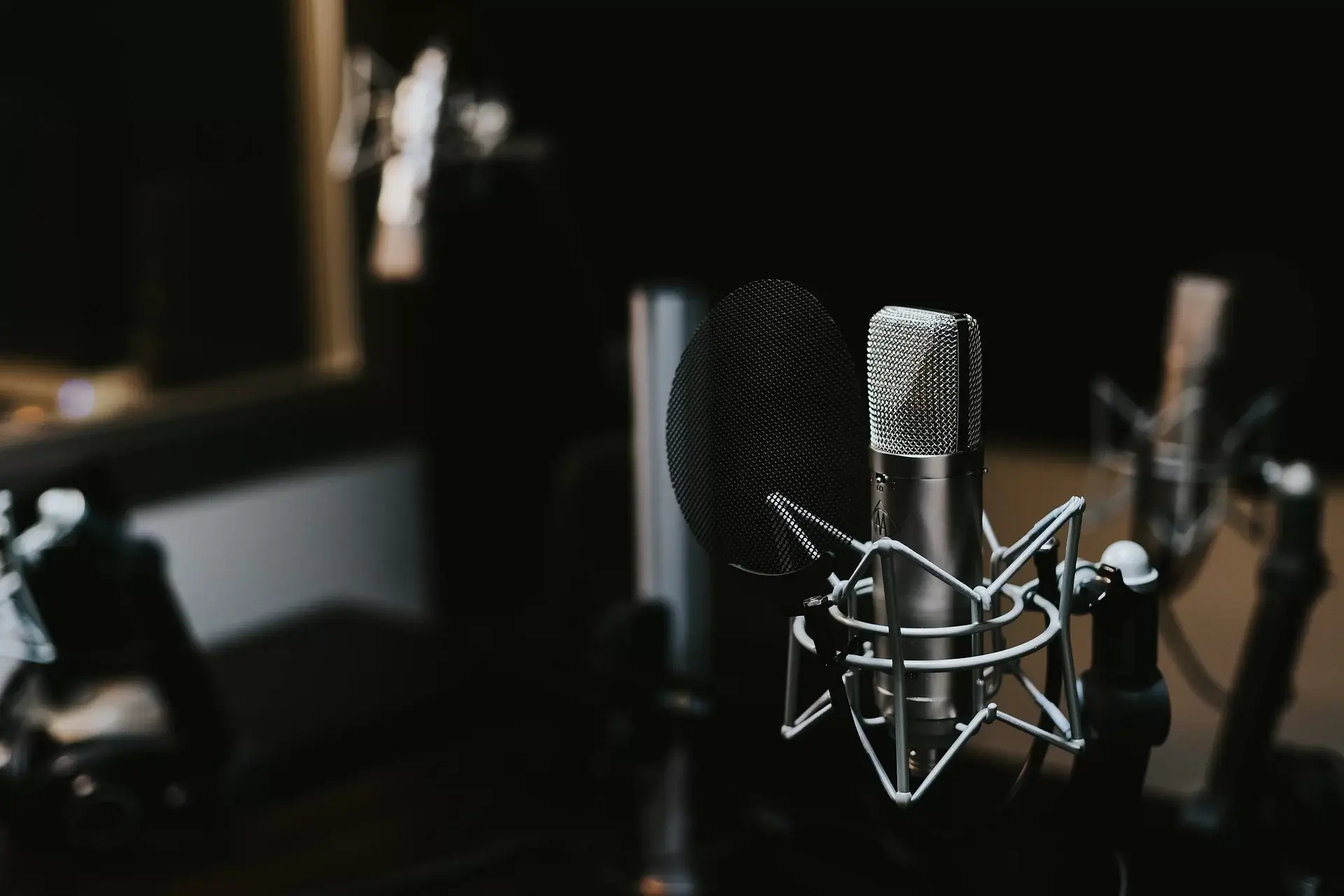How to build a home studio for computer based music recording

Building a home studio for computer-based music recording can be a fun and rewarding project for musicians and music producers. Here are some steps to help you get started:
-
Choose a space: Find a room in your home that is relatively quiet and has good acoustics. Avoid rooms with hard surfaces that can reflect sound, like concrete floors or glass walls.
-
Acoustic treatment: Acoustic treatment is crucial to creating a good recording environment. Invest in acoustic foam panels or diffusers to absorb or diffuse unwanted reflections and echoes.
-
Get a computer: Choose a computer that meets the specifications needed to run digital audio workstation (DAW) software. Look for a computer with a fast processor, plenty of RAM, and a large hard drive.
-
Choose a DAW software: Select a DAW software that suits your needs and budget. Popular options include Pro Tools, Logic Pro X, Ableton Live, and Cubase.
-
Audio interface: An audio interface is the device that connects your computer to your instruments and microphones. Choose an audio interface that has the right number of inputs and outputs for your needs.
-
Microphones: Invest in a good-quality microphone or microphones. Choose a dynamic or condenser microphone depending on what you plan to record.
-
Monitors: Studio monitors are essential for accurate monitoring of your recordings. Choose monitors that are appropriate for the size of your room and your budget.
-
Headphones: Invest in a good pair of headphones for mixing and monitoring your recordings.
-
Cables and stands: You will need a variety of cables and stands for your microphones and instruments. Choose high-quality cables and stands to avoid interference and damage to your equipment.
-
Accessories: Don't forget to purchase accessories like pop filters, shock mounts, and a MIDI keyboard to help you create your music.
Remember to budget wisely and consider investing in quality equipment that will last for years. With careful planning and attention to detail, you can build a home studio that will allow you to record professional-quality music from the comfort of your own home.
On WikiPathia, you will also find a lot of useful information about how to add music to your music library, how to buy music rights, how to get your song on the radio, how to read a newspaper, and how to cosplay.
How do I use a microphone for recording music?
To use a microphone for recording music, you'll need to follow these basic steps:
-
Connect the microphone: Plug the microphone into your audio interface or mixer using the appropriate cable. Make sure that the cable is properly connected and that the microphone is securely in place on its stand.
-
Set the gain: Adjust the gain on your audio interface or mixer so that the level of the microphone is neither too low nor too high. You want the level to be as high as possible without distorting the signal.
-
Position the microphone: Position the microphone according to the sound you want to capture. For example, if you're recording a singer, place the microphone about 6-8 inches away from their mouth, slightly off to the side.
-
Monitor the sound: Use headphones to monitor the sound as you record. Make sure that the sound is clear and that there is no distortion or noise.
-
Record the sound: Once you're happy with the sound, hit record in your digital audio workstation (DAW) and start recording. Make sure that you're recording at the appropriate level and that you're capturing the sound you want.
-
Edit the recording: After you've recorded the sound, you can edit it in your DAW. This may involve removing unwanted noise, adjusting the EQ, or adding effects like reverb or delay.
-
Mix the recording: Once you've edited the recording, you can mix it to balance the levels of each track and create a cohesive sound. This may involve adjusting the levels, panning the tracks, and adding effects to create a polished final mix.
By following these steps, you can use a microphone to record music and create professional-quality recordings. Remember to experiment with different microphone positions and techniques to find the sound that works best for your recording.
Can I make music just with my PC, without any instruments?
Yes, you can definitely make music using just your PC without any physical instruments. With the help of Digital Audio Workstations (DAWs) and software instruments, you can create music entirely using virtual instruments, samples, and loops. Here are some basic steps to get started:
-
Choose a DAW: Select a DAW software that suits your needs and budget. Popular options include Ableton Live, FL Studio, Logic Pro X, and Pro Tools.
-
Install and set up the software: Follow the instructions to install and set up your DAW software on your PC.
-
Choose virtual instruments: Most DAWs come with a range of virtual instruments, including synthesizers, drums, and keyboards. Select the virtual instruments you want to use.
-
Create patterns and sequences: Use the virtual instruments to create patterns and sequences. You can use your mouse or a MIDI controller to input notes.
-
Add samples and loops: Import samples and loops into your DAW to add depth and texture to your music. You can find these online or use samples that come with your software.
-
Arrange and mix: Arrange your patterns and sequences into a song structure and then mix your tracks. You can use effects like reverb, EQ, and compression to shape the sound of your music.
-
Export and share: Once you're happy with your music, export it as a high-quality audio file and share it with others.
Remember, making music with your PC requires practice, patience, and creativity. You can always experiment with different sounds and techniques to find the perfect sound for your music.
What kind of computers can I use to build a recording studio?
There are a few important factors to consider when choosing a computer to build a recording studio. The computer should have the necessary processing power, memory, and storage capacity to run the Digital Audio Workstation (DAW) software and handle audio recording, editing, and mixing tasks. Here are some general guidelines for the minimum specifications you should look for in a computer for a recording studio:
- Processor: Look for a computer with a multicore processor, such as an Intel Core i5 or i7, or an AMD Ryzen processor.
- Memory (RAM): You'll need at least 8GB of RAM, but 16GB or more is recommended for larger projects.
- Storage: Choose a computer with a solid-state drive (SSD) for fast read and write speeds. You'll need enough storage space for your DAW software, plugins, and project files, so consider a drive with at least 256GB or more.
- Graphics card: A dedicated graphics card is not essential for music production, but it can help with visual performance and multiple display support.
- Connectivity: Make sure the computer has enough USB, Thunderbolt, and/or Firewire ports to connect your audio interface, MIDI controllers, and other devices.
- Operating system: Choose a computer with a compatible operating system for your chosen DAW software. Most DAWs work with both Windows and Mac OS.
Some popular computer brands for recording studios include Apple, Dell, HP, and Lenovo. It's important to do some research and read reviews to ensure that the computer you choose meets your specific needs and budget.
See also:

